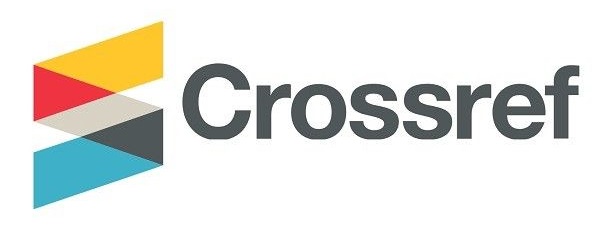Quantifying the Historical Development of Abugadaf Natural Forest Using GIS-Remote Sensing Analytical Techniques/ Blue Nile State/Sudan
DOI:
https://doi.org/10.37745/bjmas.2022.0095Abstract
The main objective of this research is to provide current information about the growth and general status of Abugadaf natural forest reserve in Blue Nile State, Sudan, and to identify the possible agents and factors that contributed to the current forest status whether positive or negative. The secondary objective of the study is assess and demonstrate the capabilities of RS and GIS analytical tools in addressing the issue of monitoring and assessing natural forest areas in Sudan. Four satellite images covering the period1990, 2000, 2010 and 2018 were selected from cloud-free Land-Sat (TM, ETM and Land-Sat 8) covering the study area. All images were false color composite (FCC). Images 1990 and 2000 were thematic mapper (TM), while Image 2010 was enhanced Thematic Mapper (ETM), and image 2018 was Land-sat 8. Land-sat 8 was used as a base to assess the change detection, and GPS data used to extracts topographic information in the study areaThe tentative locations of the Land cover and land use sites were selected using image analysis aided by actual ground surveying. GPS (Garmin 62C) was used to navigate among check samples and to record the coordinates (X, Y and Z values) of all samples. The total number of samples covering the study area were 144 (800 x 400 m). The recorded data in each sample include tree species, regeneration, grass type, tree stumps, dead trees, density of survival trees, diameter at breast height, and total tree height. All training sites were utilized in the generation of signatures required for supervised maximum likelihood classification. Supervised maximum likelihood classifier used the Gaussian threshold stored in each class signature to determine if a given pixel fell within class or not. The study with the help of remote sensing facilities has succeeded to highlight the condition and development of the study area during the period 1990 – 2018. The study concluded that although there were some fluctuations in the amount of annual rainfall in the area, there are no enough evidences to support their direct effect on the growth of vegetation cover. The study also indicated that the availability of other vegetation cover, such as grasses, in the forest can reduce the pressure on mature forest tress and seedlings caused by domestic animal herders. In the last decade of the study period, the decrease of forest cover is mostly associated with decrease or absence of vegetation cover as in that case forest trees and young seedlings become the main source of animal feeding. If other forest destruction agents are added due to the absence of management control, the present forest will disappear within the coming five years.
Downloads
Downloads
Published
Versions
- 06-03-2023 (3)
- 19-01-2023 (2)
- 19-01-2023 (1)












